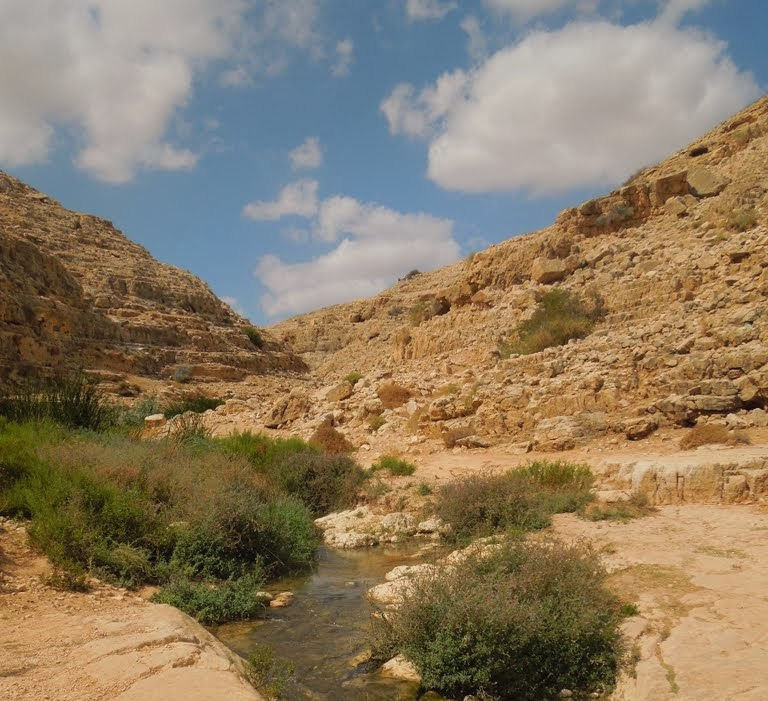The Geography of Holy Week
- Wesley Arning

- Apr 1, 2023
- 3 min read
Updated: Apr 2, 2023
As we enter Holy Week my co-host and I had the pleasure of talking with Dr. Cyndi Parker on our church podcast. She is the author of Encountering Jesus in the Real World of the Gospels. It was an enlightening conversation and reminded me just how important it is to understand Scripture in its context. Not only did we talk about the importance of Jerusalem, but we also chatted about the specific places Jesus went each day of Holy Week. You can check out Part 1 and Part 2 on The Wayside Podcast.
Below I've compiled some photos from my visits to Israel, with a few notes. I hope all of this helps you on your journey through this Holy Week. Blessings to you over this week!
Palm Sunday: The Mount of Olives
Notice the topography of Jerusalem and the fantastic vantage point as you look over the Holy City. The first two pictures featured are actually taken from Mt. Scopus, which is right next to the Mt. of Olives. You are looking at the city from the north.
Also, pay attention to the arid terrain on the back side of Mt. of Olives. You very quickly enter the Judean wilderness. When the rain clouds move east from the Meditteranean Sea and hit Jerusalem, it'll usually dump most of the water on the Mt. of Olive's western slope, leaving little for the wilderness just on the other side.
When looking at the Dome of the Rock on the Temple Mount, it is important to remember that is where the Temple stood, and the front of the Temple faced the Mt. of Olives. When Jesus prayed for the Temple from this spot, he was looking right at the action happening in the Temple Courts. The Dominus Flevit is a tear-shaped chapel commemorating where Jesus wept over the city.
Lastly, look at the steepness of the roads. It was a short, but very strenuous climb.
Maundy Thursday: Last Supper, Garden of Gethsemane, & Trial
The Kidron Valley separates Jerusalem from the Mt. of Olives. These first few pictures show just how steep it is. Jesus would've left the Temple each evening of Holy Week and passed through this valley before climbing up the Mt. of Olives on his way to Bethany.
The church shown is the Dormition Abbey, and the room shown commemorates a possible location for the Upper Room.
The beautiful olive trees are a part of the present-day Garden of Gethsemane. One of my guides says it is not impossible that the seeds of these trees were in the ground during the time of Jesus.
Good Friday & Easter: Trial, Crucifixion, & Resurrection
The first three pictures are from Churches of Condemnation and Flagellation. The next are from the Holy Sepulchre, where tradition says Jesus was crucified, buried, and rose from the dead. This is believed to be a quarry outside of the city walls in the first century. It is now in the heart of the Old City.
Lastly, are tombs that date roughly to the time of Jesus that can be found on Mt. Scopus (outdoor) and in Nazareth (with the stone). You can see where the body would've been laid as it decomposed for a year or two. The bones would then been collected and put in one of the holes.
Model of Jerusalem from The Israel Museum
_JPG.jpg)















































































































Comments